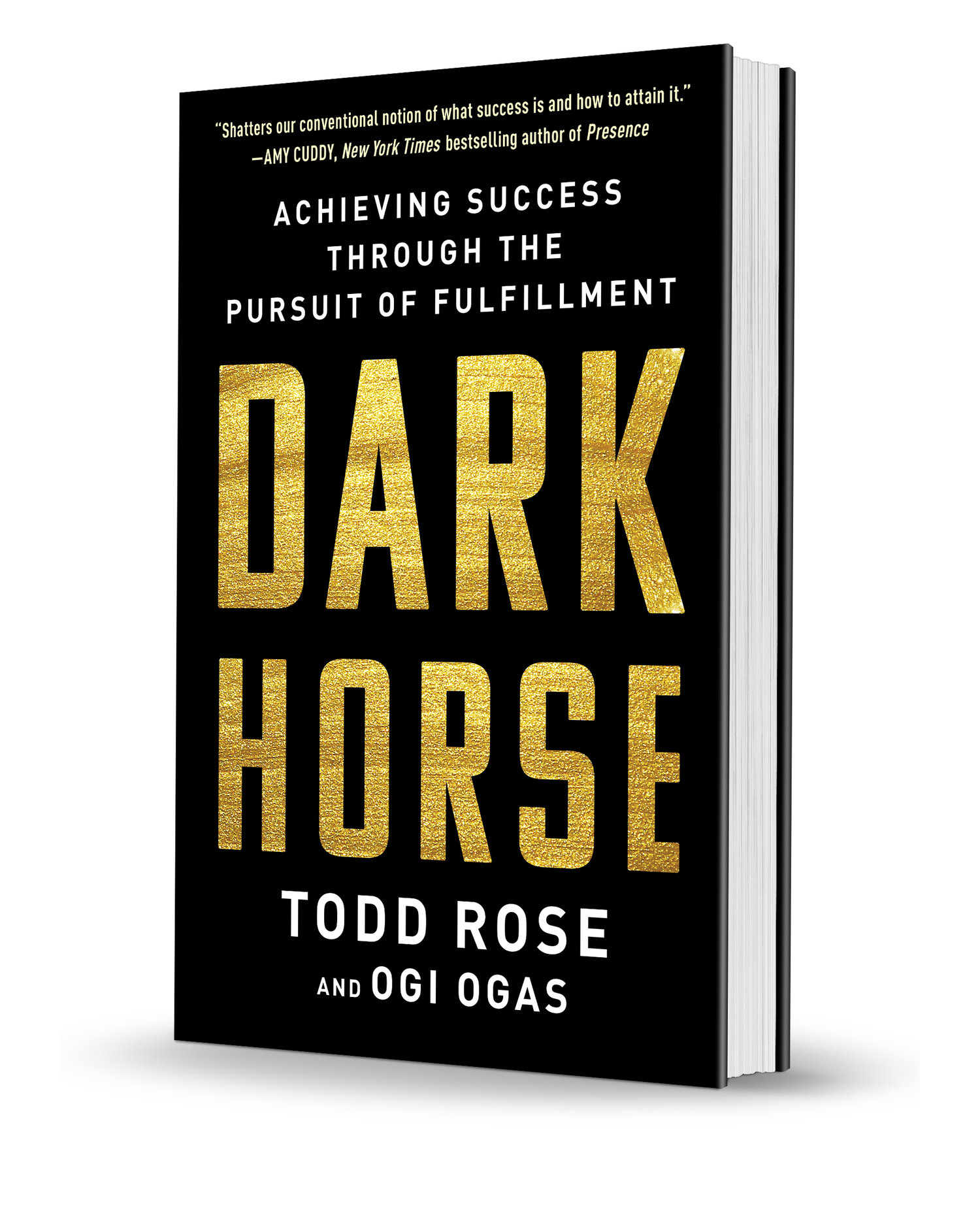Everything I do with my finances is based on my own readings and self-study. I never had a mentor or a Sifu when it came to money. In similar vein, I seldom attend financial talks unless I have to give a talk myself and get to listen to other speakers on that day.
Very recently, one of my ex-NS buddies contacted me after reading about commentary at Channel News Asia and as it turns out, he now works with the Institute of Financial Literacy so he sent me an invite for a free lunch. During that event, I was very fortunate to listen to talk by Loo Cheng Chuan. Perhaps not coincidentally, Loo is also going be featured in Seedly on their next AMA session which can be found
here.
On the whole, I enjoyed Loo's presentation. It was logical, and I can relate to him because he spoke candidly about having to cope with the Anti-PAP trolls after he shared his message.
The essence of his message is quite simple : Transfer your CPF-OA to your CPF-SA. Over time, a married couple can accumulate $1,000,000 in their CPF-SA accounts on the 4% interest rate and retire as a millionaire household.
( As a point to note, I myself have maxed out my CPF-SA in my early 30s and can attest to the effectiveness this strategy. The reason why I did that is a humorous anecdote I share with all my workshop attendees. )
a) Is this achievable by an ordinary family ?
The median income of a family is $9,023 per month. 37% of that figure is $3,338.51 or approximately $40,000 a year. Compounding an annual contribution of $40,000 at 4% can allow an account to reach $500,000, or twice the FRS assuming it is $250,000, within 10 years.
Once the CPF-SA is maxed out, CPF-OA returns can be enhanced further with CPF-IS. Putting 35% of your CPF-OA into the STI ETF or the SREIT ETF has a decent probability of achieving 4% in blended returns, so about eight more years of accumulation may be required to reach $1,000,000.
So it is definitely possible for a couple to max out the CPF-OA to CPF-SA over the medium term and attain $1,000,000 over the long term.
Is this achievable before 50 years old ? Very possibly !
b) Why is this not ordinarily done in practice ?
Another point raised by Loo is that this is often not done in practice because we draw out the CPF for many reasons. Most couples use up their CPF-OA to lock into a piece of property. Other couples use it to pay for medical expenses and children's tertiary tuition expenses. So Loo is definitely correct to point out that housing and retirement are trade-offs against each other.
Critique of 1M65
Naturally, even though I approve of most of what Loo shared with us, I have some concerns over some of the smaller aspects of his ideas.
a) The assurance of millionaire status allows a person to persist through market downturns.
This is a very novel idea, but I'm not sure whether it works in practice.
While I did max out my CPF-SA to its minimum sum early in life, I don't remember having an easy time during all of the recessions. I did survive the 2008 recession and accumulated during that era but I was as unhappy as any other investor.While I was relieved that my CPF-SA could generate 4% during these two years, I persisted mainly because I had data that market downturns eventually end and whoever was left in the markets will be rewarded with an early retirement REGARDLESS WHAT HAPPEN TO CPF.
b) Voluntary Contributions to CPF to max out the CPF-SA earlier may not be optimal use of your money
I felt that a line is crossed when Loo made the suggestion to voluntarily contribute to CPF using his hard earned money. Initially, I liked that this can reduce income taxes, but I question whether in the grander scheme of things, a 4% guaranteed return is such a big deal.
If you are money unsavvy Millenial, 4% looks like a steal compared to what you can get from an endowment fund or deposit account like DBS multiplier. But for most savvy investors, 4% is chump change. Also note that from 2008 - 2012, based on government surveys, retiree households face an inflation above 5% and I am eagerly waiting for 2018 figures to see if this persists.
Getting 4% with a decent probability is child's play if you are willing to guy direct from SGX. Astrea IV Bonds yield more than 4%. Ditto for banking preference shares. Long term returns for the STI ETF is in the region of 6-7%. The CPF is a long term investment and over the long term, it is way better to be fully invested in equities.
c) This hinges on whether the CPF policy remains constant.
Over the short term, I can safely say that we have a stable government. But over the long term, it may be too much to expect CPF policy to remain stable. This may not be a fair expectation in any society.
What happens when the CPF-SA returns get pegged to 1% above 10 year bonds ? This will result in an instant drop in returns.
And what happens if a future government delays CPF Life payouts to 70 years old ?
Nothing under the CPF program is guaranteed for citizens by the Constitution.
d) Even if you do this, you are at best a faux millionaire.
Can you consider yourself a real millionaire if your assets are stuck in CPF Life and the only way to extract the entire set of benefits is to literally outlive your fellow Singaporeans ?
This is the fundamental feature of annuities. Folks who die early end up contributing their assets to support those folks who are left alive. A large CPF Life allocation merely guarantees that you are making other Singaporeans who live longer than you richer.
The real CPF SA millionaire is a long lived Singaporean. I think that is critically missing from Loo's presentation is the importance of staying healthy to beat the actuarial assumptions of those who designed CPF Life.
I have made several controversial suggestions in the past on this blog, like taking Metformin and getting into a regime of intermittent fasting as it has worked to extend the life of laboratory animals and choosing escalating premiums to beat the actuarial tables designed by the CPF folks.
( Note : My suggestion has been shot down by a close relative who is a medical doctor who does not believe that Metformin can extend a healthy person's lifespan. )
On balance, I think Loo Cheng Chuan is the real deal, and I encourage you guys to engage him for his next public appearance.










